When I first started to look for a new recorder I wanted to know what materials they are made from. Probably in an attempt to avoid the squeaky plastic that I remember from school. I was surprised at the range of options available.
Today recorders can be made from different types of plastic, resin, or different types of wood. Historically they were made from wood, ivory, or animal bone.
There are advantages and disadvantages to each choice of materials whether that be in price, materials, or sound quality.
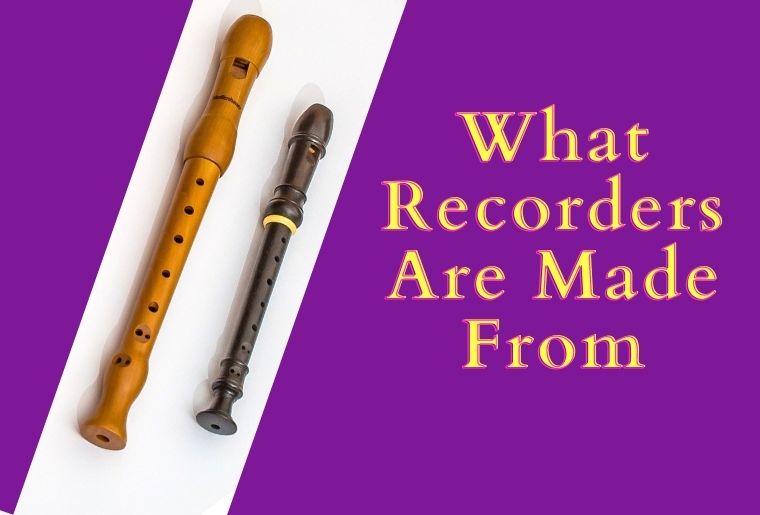
What Recorders Are Made From
Recorders come in a range of different materials. When deciding on a recorder it’s important to think about what it’s made from and how that will affect your playing. This affects the look and the sound of your recorder
Molded Plastic Recorders Are Popular
Most recorders today are created from molded plastic because it is cheaper to use, consistent and reliable, and durable. The drawbacks are they are not always in tune and because they are injection molded they lose some of their sound quality. How much varies depending on which model you buy.
Different bands use different plastics to make their recorders. For example, Yamaha makes their recorders from ABS plastic.
Not all plastic recorders are equal. The design and molding process etc makes a huge difference in which recorders have a better sound and work well.
Plastic has issues with condensation build up which does interrupt play.
The Newbie On The Block: Ecodear* Eco Friendly Plastic Recorders
*Ecodear is the registered name for a new type of eco friendly plastic which is 20% plant based resin.
It has a fantastic sound. According to Yamaha the reason for this is because Ecodear is denser than the plastic they normally use (ABS plastic).
This changes the acoustics of the recorder. It makes it sound more like a wooden instrument, which has less plastic and a more mellow sound. Don’t get me wrong it can still screech if you play a note wrong. The sound was a big selling point for me I love more mellow-sounding instruments and don’t like the plastic screech.

This is a picture of my alto Ecodear recorder. It’s ace!
Recorders Made From Wood Are Fine Instruments
Traditionally recorders were made from wood. Wood is still a popular material for recorders today. Wood is the preferred choice of experienced and professional recorder players. It is typically more expensive to buy than the equivalent plastic recorder. Wood recorders can start at as little as £20/$28 and go up into the thousands depending on how they are made. Although, I would not recommend getting a very cheap end wooden recorder as the quality is not there.
Popular woods for recorders:
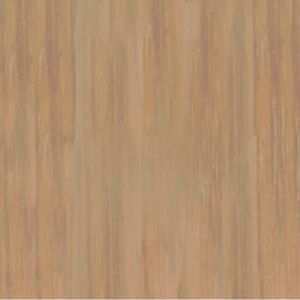
The cheaper recorders are made from either maple (left) or pearwood.
Although these woods can also be used to make expensive fine handcrafted instruments as well.
These recorders are often stained and can be very light right the way through to very dark so the colors here will change depending on what instrument you choose.

Castello Boxwood is a popular wood to make recorders from it comes from South America mainly Paraguay.
It is a brilliant wood for turning which is perhaps why it is a good material for making recorders. Castello Boxwood is a much lighter wood than many of the others mentioned here and is a light brown to pale yellow.
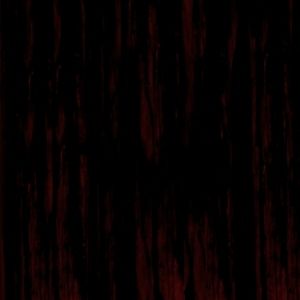
Ebony as you would expect is a dark black wood although it does occasionally have dark brown or gray streaks. Ebony is either Gaboon ebony, Macassar Ebony (Indonesia), or Ceylon ebony it may come under other names but is from Africa or India (Sri Lanka).
Most recorder makers simply say ebony so you don’t know where it comes from.
Handmade recorder makers will say. For instance, one states that theirs come from India.
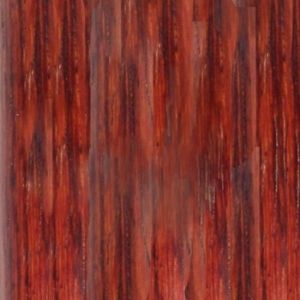
Rosewood is a beautiful wood that comes in many different rich colors depending on where it grows and the type of rosewood.
Rosewood can come from all over the world from places like the Amazon (n general which covers many countries), Brazil (specifically), India, and Yukatan. It ranges from the lighter rose brown down to quite dark almost black, and the rich red-brown in between
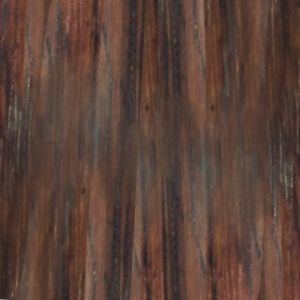
Kingwood is an expensive wood that comes from Brazil and occasionally Mexico.
It is a high-density dark wood usually brown, red, or dark purple with darker grain.
The grain is usually fine and fairly straight with a beautiful luster.
**

Grenadilla or African Blackwood is a very dark usually completely black wood.
It is a very expensive fine wood for turning hence its use in quality recorders.
***
(Wood Information Source: Wood database)
Note: Wood images approximation of wood colors and the grain will change.
This range of woods means you can get recorders in all different tones of wood from very light to very dark. Of course, they also come stained so you can get them in cheaper wood but different colors.
Resin Recorders For Indestructible Long Term Use
Some recorders are made from all resin except for the wood in the mouthpiece. These are specialist recorders designed for serious students and professionals. They have the advantage of being as durable as plastic and at half the price of their wooden counterparts. So, 4 to 5 hundred rather than 1K plus. Their sound is a lot like the rich mellow sound of wood. They also don’t suffer from condensation buildup like the plastic recorders do.
You have to watch the terminology for these as the resin is a form of plastic and some plastic recorders claim to be resin. Resin tends to be plant rather than petroleum-based. The ones I am referring to here are the Vincent Bernolin made recorders that are not injection molded like plastic recorders.
Technically as these recorders are fully plant based they are more ECO friendly than my *Ecodear recorder.
I’ve shared a review of these recorders that I found on YouTube.
Recorders Made Originally From Ivory Are Now Plastic
Recorders used to be made from ivory. Today you can get white recorders that simulate ivory. Thankfully the ivory trade has been banned because of the lack of elephants, internationally at least.
Ancient Recorders Were Made From Bone
42 to 43,000-year-old instruments have been found made from bird bones and mammoth ivory. As this is the oldest find of the early recorder/flute this would be the oldest materials used. Of course, if they were also made of wood it’s a lot less likely that they would be preserved anyway. (Source)